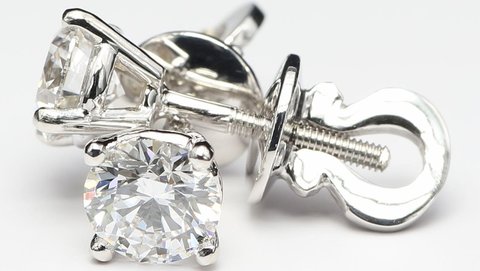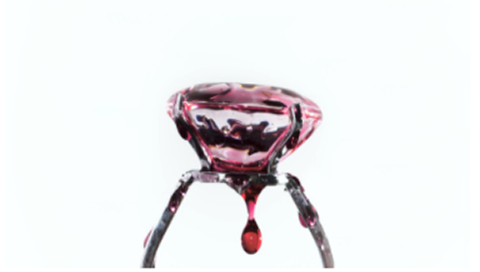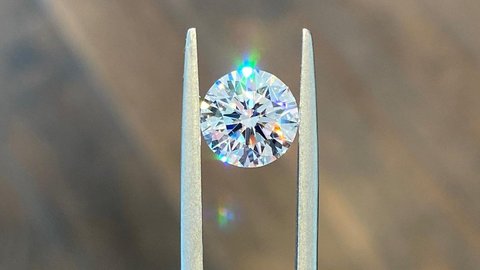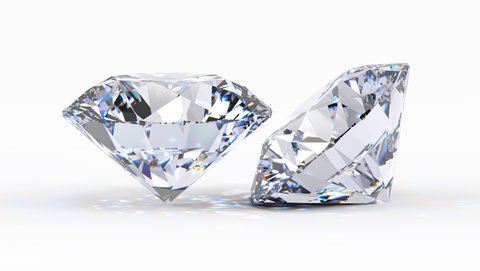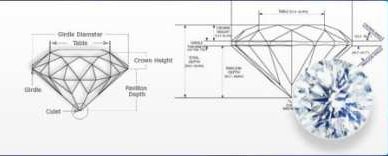Lab-Grown Diamonds VS Cubic Zirconia
If you're in the market for an engagement ring, you've likely encountered alternatives to traditionally mined diamonds, such as lab-grown diamonds and cubic zirconia. Both these options are celebrated for their ethical sourcing, environmental friendliness, durability, and affordability. In this exploration, we'll unravel the similarities and distinctions between these radiant gemstones.
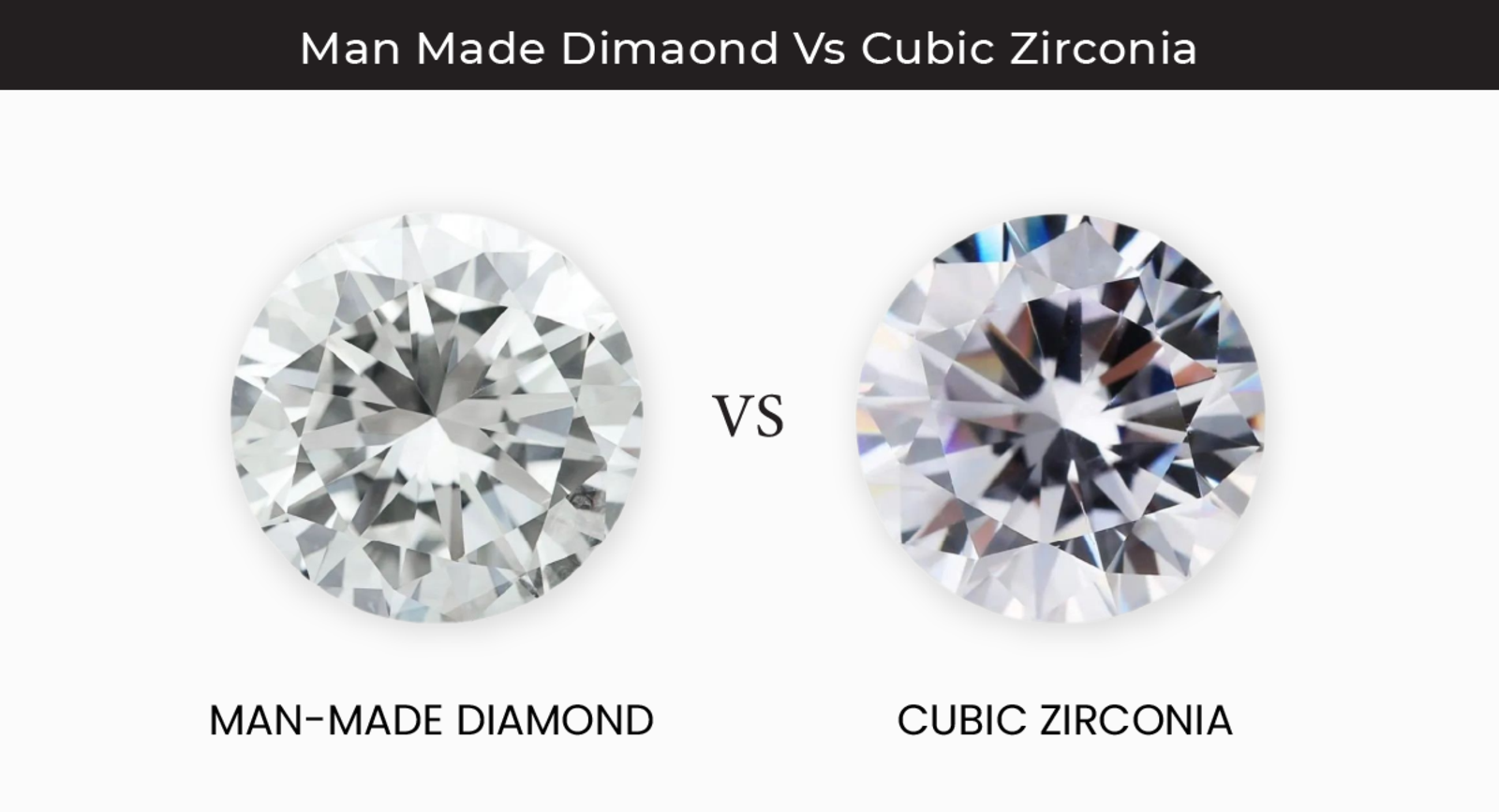

What Are Lab Diamonds?
Lab-grown stones provide consumers with an authentic diamond experience, sharing the same chemical composition, optical attributes, and physical characteristics as mined diamonds. Lab-created diamonds are made of carbon, just like mined gemstones. The key difference lies in their origin; mined gems originate deep within the planet's crust, whereas manufactured diamonds emerge from a controlled laboratory setting. The manufacturing procedure recreates the demanding conditions required for the transformation of carbon into a diamond.
The evaluation of lab-grown diamonds follows the same established criteria as mined diamonds, encompassing aspects like color, cut, carat, and clarity to gauge their quality.
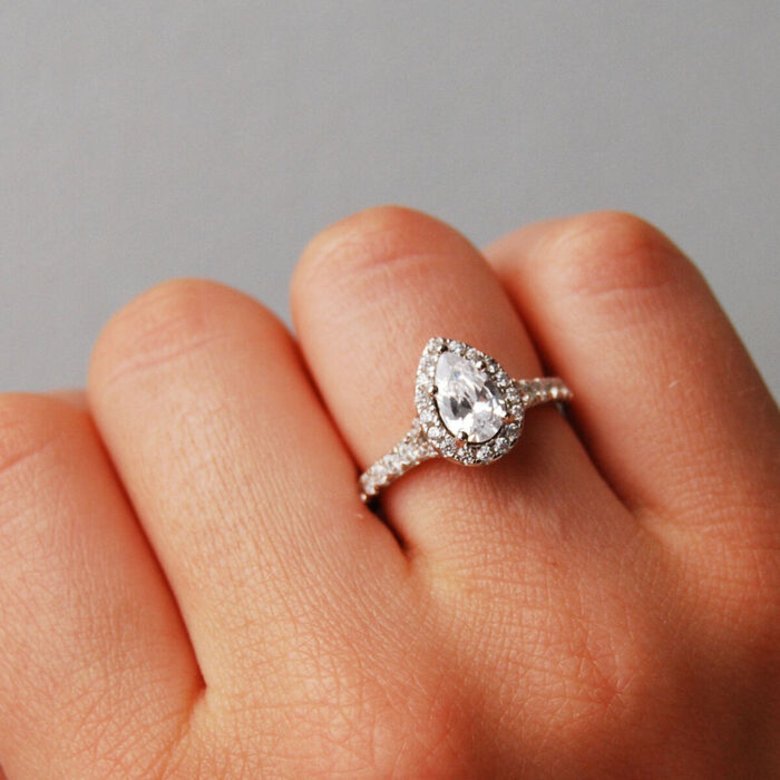
What Is Cubic Zirconia?
Cubic zirconia (CZ), on the other hand, is a man-made gem with a distinct crystal structure and chemical makeup. While lab-grown diamonds are carbon-based, cubic zirconia is essentially cubic crystalline zirconium dioxide. It's crucial to recognize that cubic zirconia isn't a true diamond; rather, it serves as an accessible alternative.
Zirconium oxide powder is fused with stabilizers like magnesium and calcium at exceedingly high temperatures to create cubic zirconia. The crystals that form and stay put are later expertly cut and polished after this intense heat treatment. Various laboratories employ specific methods for producing cubic zirconia.
Now, let's delve into some key distinctions between lab-grown diamonds and cubic zirconia.
Difference Between Lab-Grown Diamonds and Cubic Zirconia
| Lab-Grown Diamond | Cubic Zirconia | |
| Chemical Composition | Carbon | ZrO2 |
| Hardness | 10 | 8.25 |
| Dispersion | 0.044 | 0.066 |
| Refractive Index | 2.42 | 2.2 |
| Purity | All Production is Pure Carbon | Contains Zero Carbon |
Price
The lab-grown stones are often more economical than their natural counterparts, as their eco-friendly production methods result in prices that are significantly lower, sometimes by as much as half. CZ is more budget-friendly because it doesn't need to replicate the extreme geological conditions needed for diamonds.
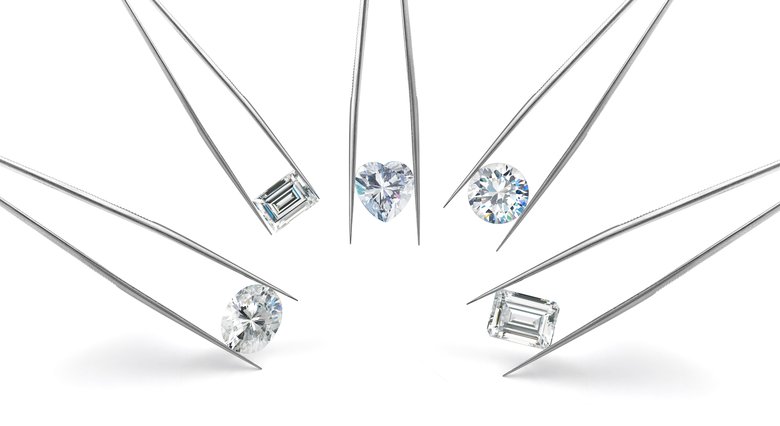
Get Access to Our Lab Diamond Database
Find Out About Prices and Availability Information
Durability
Both lab-created diamonds and cubic zirconia are composed of hard substances. Diamonds grown in labs, being pure carbon, possess exceptional toughness, achieving a Mohs hardness rating of 10. CZ ranks slightly lower on the Mohs scale, typically around 8 to 8.5, making them less durable but still suitable for everyday wear. You could also take a look at moissanite, which is harder than cubic zirconia.
Clarity
Cubic zirconia is machine-made and does not possess natural inclusions, while lab-grown gemstones may exhibit inclusions. The clarity of CZ depends on its manufacturing process.
Carat Weight
The density of cubic zirconia makes it heavier than diamonds, leading to a greater weight. Consequently, CZs and man-made diamonds with the same carat weight will have distinct physical sizes, with cubic zirconia being slightly smaller.
Quality Grade
CZs and lab-grown diamonds are appraised using different quality scales. CZ is rated from A (1A) to AAAAA (5A), with 5A signifying the highest quality. Lab-created diamonds follow the same grading scale as mined diamonds, spanning from Flawless (F1) to Included (I3).
Color
Whether mined or lab-grown, diamonds have a degree of color. Diamonds that are colorless and graded as D are very rare and expensive. CZ is entirely colorless and won’t display any hues unless intentionally incorporated during the manufacturing process.
Summary
To sum up, lab-grown diamonds and cubic zirconia offer distinct benefits and considerations, making them individual choices for those seeking remarkable, eco-conscious, and cost-effective alternatives to mined gemstones.






